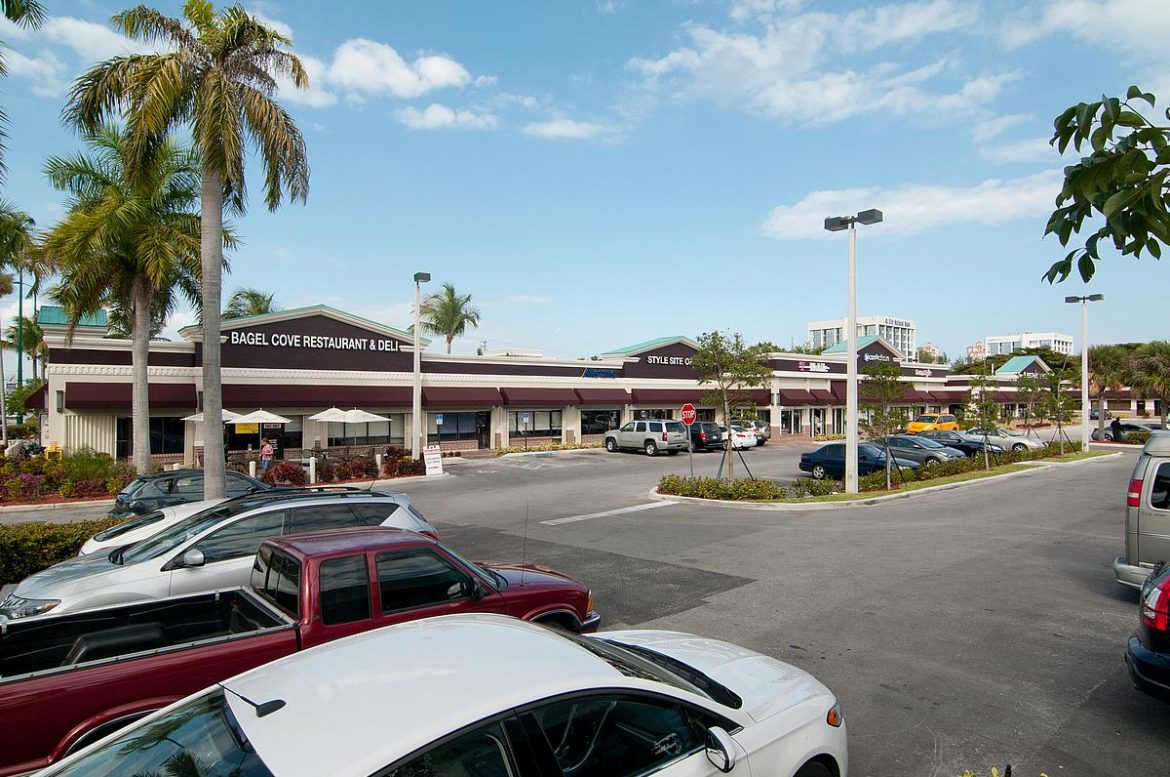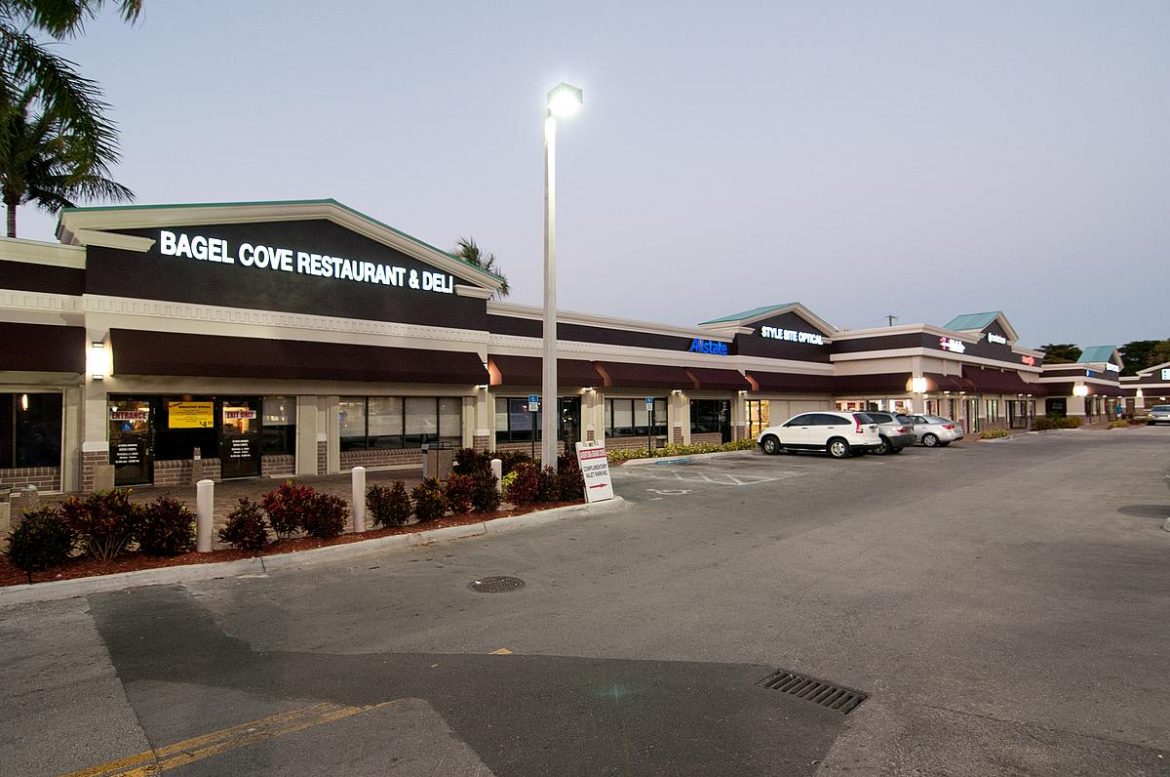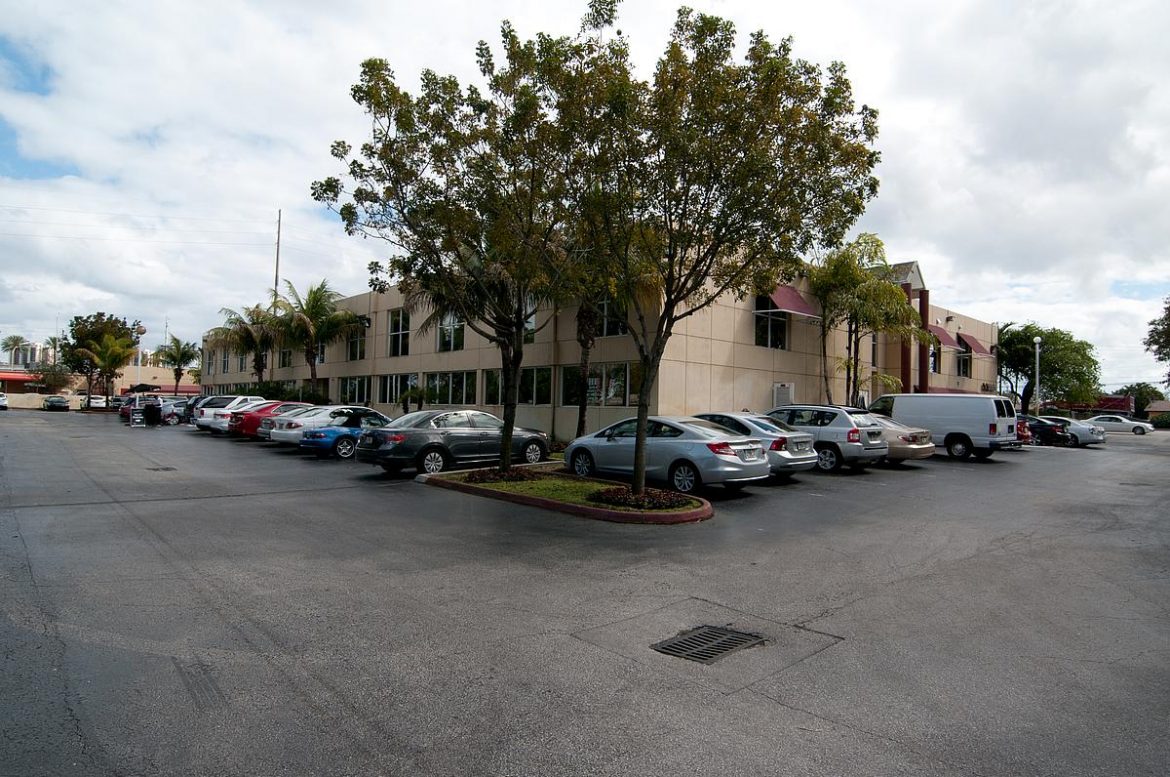Multifamily will continue to be a prevailing asset class in the Sunshine State due to residents’ growing desire to relocate and live here, Victor Ballestas, principal of Integra Investments, told Multi-Housing News.
Currently, locals are increasingly looking for residential options in suburbs and rural areas—and shying away from high-density metros—but this trend is likely to reverse once the crisis recedes. Despite short-term uncertainties brought on by the coronavirus outbreak, Ballestas anticipates a quick recovery for Florida’s real estate industry.
How is the Florida multifamily market navigating the pandemic?
Ballestas: Despite the uncertainty brought on by the pandemic, Florida’s real estate industry may be primed to recover with a sharp rebound. The multifamily market is weathering the pandemic better than most; vacancies remain low and collections were only a challenge for a few months. Low interest rates and the net migration to Florida contribute to the stability of the product.
The pandemic’s circumstances have created homebuyers and strengthened the suburban market, as residents look for outdoor space, especially as more people spend time working and learning from home. Thus, dense urban markets are being affected as individuals relocate away from the urban core. However, I expect a wave back to urban markets will happen again, but it will likely take a few years.
Compared to the last cycle, how is the current environment different in terms of relocation trends?
Ballestas: In the last cycle, conditions led to a movement from suburban areas into the urban core, specifically Miami’s Downtown, Brickell and Edgewater submarkets. Current trends show that individuals now prefer a less dense environment, potentially leading to deurbanization caused by the pandemic and resulting in a boom in rural and suburban areas. Understanding the market needs, municipalities must work with developers to deliver high-quality products that adjust to the changing environment.
New York and New Jersey have seen residents moving to Florida, Texas and other Sun Belt states since the onset of the pandemic. What can you tell us about this pattern?
Ballestas: With roughly 1,000 Americans flocking daily from high-tax northern cities to South Florida, new contracts for single-family homes and condominiums have doubled, and continue to rise in five south and central West Coast counties. As some companies transition to permanent remote work, buyers are reevaluating their lifestyle needs, seeking home offices, larger kitchens and green spaces. Therefore, consumers’ shifting product needs—combined with tax advantages—created the perfect storm, leading to an unprecedented uptick in sales, even in rentals of single-family homes.
Experts forecast the supply of multifamily housing units will not outpace the underlying demand, thus requiring added product to meet ongoing needs. Integra Investments remains bullish on multifamily, particularly market-rate and workforce-targeted units in the suburban submarkets of Dade and Broward counties.
Please tell us how your company has handled the pandemic-induced volatility.
Ballestas: With ongoing construction amid the pandemic, Integra’s project timelines remain on track across its portfolio. To ensure the safety of our construction team and the community, our firm has worked in conjunction with other developers and industry leaders to implement the proper protocols.
To support the ongoing housing crisis, 390 units of entirely affordable and elderly housing in Miami-Dade will be under construction by the end of the fourth quarter by Interurban, our affordable housing development division. Additionally, Integra Marina, our in-house marina business vertical, remains bullish on value-add marina opportunities, as the increase in recreational boat sales has led to a substantial demand for coastal upland developments. Our portfolio includes Angler House Marina in the Florida Keys, Islamorada Marina in Key West, and Harbor Yacht Club and Westshore Marina in Tampa.
What trends in the multifamily industry should Florida real estate players keep an eye on going forward?
Ballestas: From now on, developers and users will place increased value on live-work-play environments, with added emphasis on suburban housing products with high walkability scores to parks and outdoor amenities. Additionally, we predict an uptick in untapped products that merge single-family home features with Class A multifamily amenities. An example of this is our Bella Vista apartment community in Lauderdale Lakes, which will be fully completed by the fourth quarter.
Considering the shift in remote work, internet speed and accessibility to different residential areas will become the most-valued amenities. With this in mind, our firm is incorporating dens and home offices in more units in our new multifamily developments.
How are your predictions for Florida’s multifamily market over the coming period?
Ballestas: The general outlook for real estate in 2020 at the start of the first quarter was positively supported by asset classes positioned for stability based on strong market fundamentals, steady rent growth and low interest rates. With a continued positive migration and increased desire to relocate to and live in South Florida, I predict multifamily will continue to be a predominant asset class.
Source: MHN



